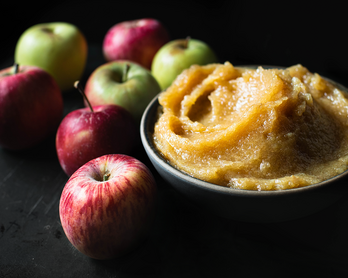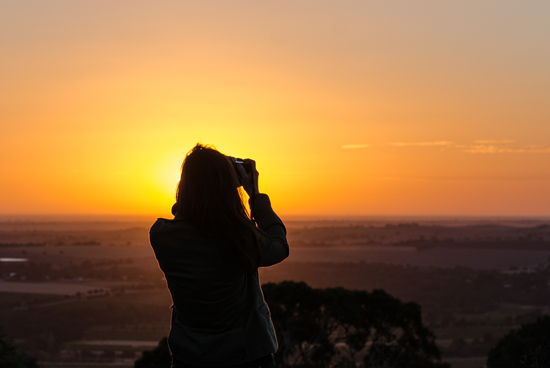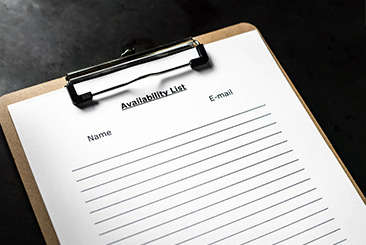Low Sugar Jam (Strawberry, Peach, Raspberry, Greengage)
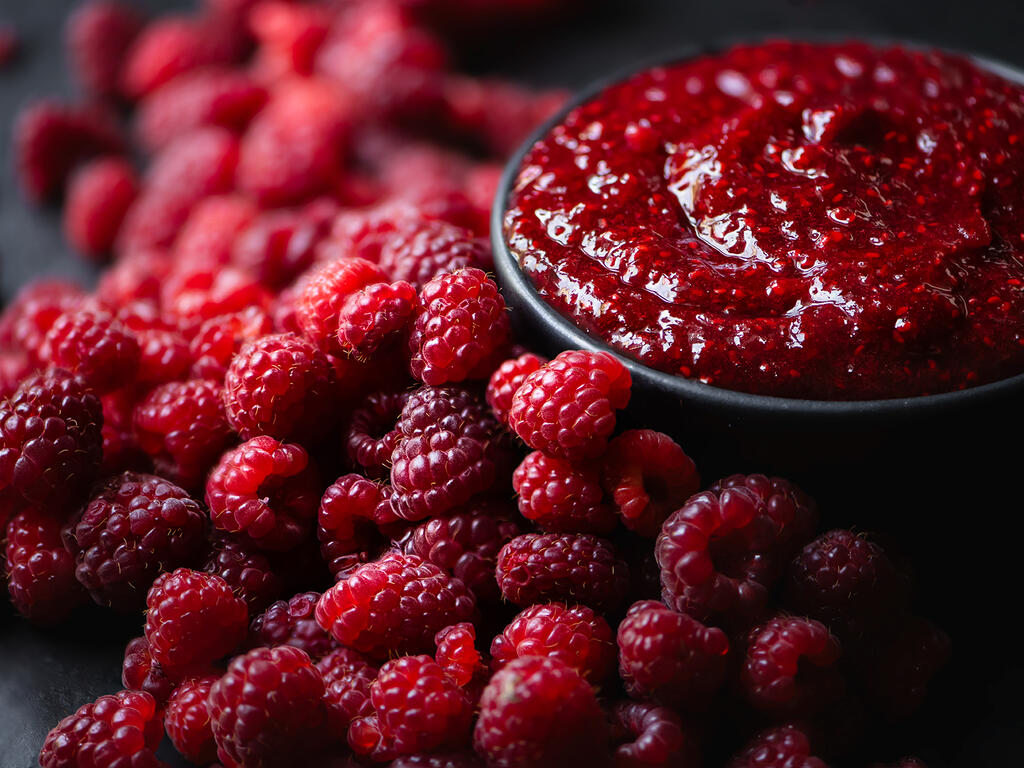
Greengage plums...Looking at one cut open is like gazing into the depths of an emerald. - Andy's Orchard
Maybe it was those romantic descriptions or just the heaps of beauty at the farmers market, but I fell under the spell of summer's bounty. The absence of any reasonable restraint devolved quickly from one box of greengage plums to multiple boxes of Baby Crawford peaches, more plums, and all the berries. This included some Finley Farms strawberries that I stalked for a few weeks. My eyes were far bigger than my stomach which presented an opportunity to try new things.
Two of my preferred jam makers stopped production so experimenting with preserves was a good way to put a dent in the market haul. Given my weekly sourdough baking adventures, it feels like a personal oversight that I hadn't made fruit spread up until this point.
The process is straightforward and relatively quick (in terms of hands-on work), so with each box of fruit that walked through the door I cooked a new batch. The house is now fully stocked with strawberry, peach, greengage, blackberry, and raspberry preserves. My toast + jam ambitions are unchained.
I went into the project with a couple of objectives: use less sugar than what's customarily in jam and skip the canning step seeing as I'm not (yet) a full-fledged preserver. This recipe is for folks who want a taste of warmer days in December but aren't planning to boil jars. You won't end up with a sealed product that can sit in the pantry for a year but you can certainly freeze it for that long. I froze the cooked spread in Ball jars. Safety notes under "Recipe Tips". Also, the refrigerated preserves have lasted for over a month without issue so even with less sugar they have staying power.
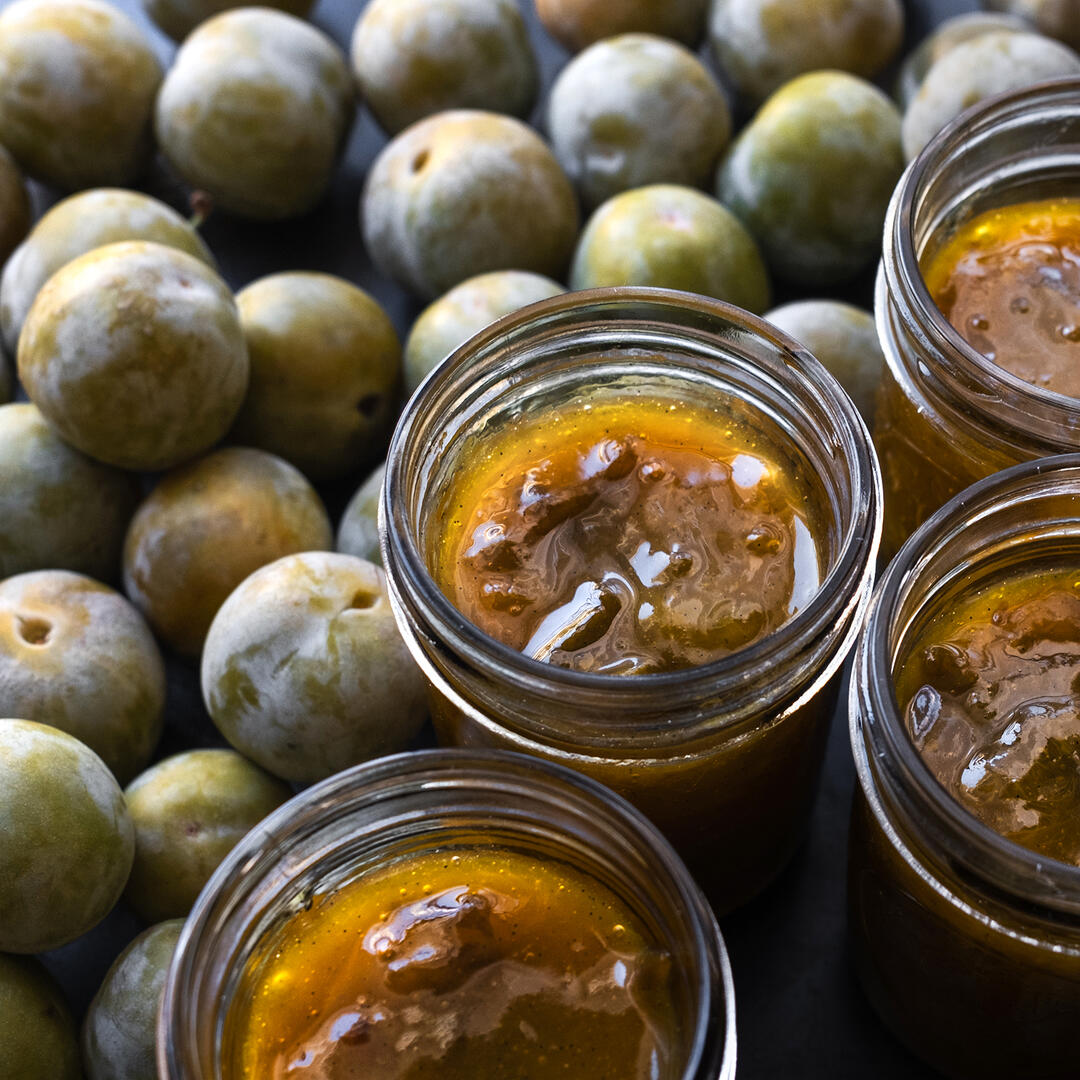
Greengage Plum Jam // Andy's Orchard
It's tough to pick a favorite from my jam session. Both the strawberry and raspberry preserves are what every berry aspires to be when it puts "become fruit spread" on its vision board -- the essence of peak flavor turned up to 11. The peach is also outstanding and adding it to steel cut oats with sliced almonds and a pinch of mahlab tastes like a luxury. Not to be forgotten is a dollop of peach with Zuni Cafe's Orange-Currant Scones.
The greengage fruit spread and its silky texture also turned out beautifully. The flavor profile is a little more delicate with notes of the holidays courtesy of clove and vanilla undertones. At one point, David Zilber mentioned adding applesauce to the bottom of an apple tart which gave me the idea to use greengage jam in an apple galette -- outcome TBD.
Dialing the acid and sugar up or down as needed is the art and pleasure of this process. The idea behind this post is to both memorialize 2023's notes and offer a jumping off point in terms of ratios for anyone else who may be saving the season. Making preserves is a science, but my experience is there's plenty of wiggle room for mistakes and adjustments.
Surround yourself with people who believe in your dreams and like toast.
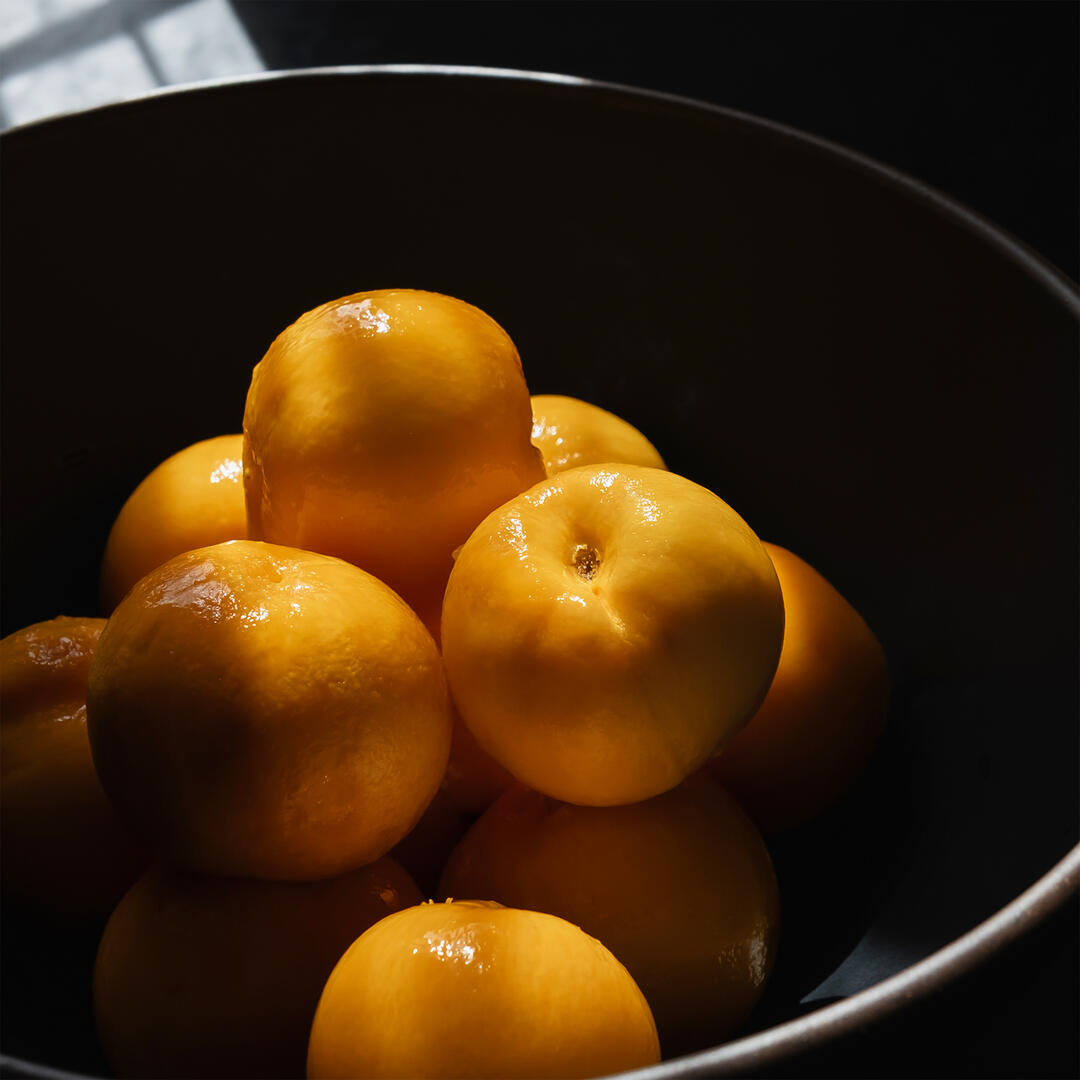
Peeled Baby Crawford Peaches
Housekeeping
Gentle Reminders
- This is not a proper canning recipe. I don't know the pH of the respective fruit spreads and can't speak to it being safe for that process.
- This is not a "freezer jam" -- that type of preserve isn't cooked.
Preservation Police
As I understand it, texture and sugar quantity are qualities that distinguish jelly, jam, preserves, fruit butter, and fruit spreads from one another. To make a long and murky explanation short, the recipes below aren't jelly or fruit butter but they do fall somewhere in the netherworld of fruit spread, jam, and preserves. For the sake of getting on with things this is just an acknowledgment that I'm not entirely sure what the technicalities are. That said, "jam" and "preserves" roll off the pen a little easier than "fruit spread" and what I make has a jammy texture. I'm going to live recklessly and mix terms -- come for me Internet.
Recipe Tips
Breaking Point
My preference is that jars not explode in the freezer so I found these tips helpful. So far there have been no explosions to speak of.
- A shouldered jar isn't recommended for freezing. Straight sided is the way to go and buying a quality jar is also a good idea. I went with jelly and 8-ounce jars from Ball. On the east coast I found them at grocery and hardware stores, on the west coast it was mainly grocery stores or online.
- The jam will expand as it freezes so leave at least a 1/2-inch of head room.
Doneness
There are a number of Internet tips for this one: the plate in the freezer, how the mixture drips off the spoon ("sheeting"), and temperature. I found that a combination of my eyes and digital thermometer was the best gauge for doneness though I did the plate test at the end for good measure. The texture I wanted was set enough to have structure when spread but not jelly-like. These are the tips that I found helpful.
- Bubbles: Watch the bubbles from start to finish and you'll see the transformation from runny to spreadable pretty clearly. The bubbling transitions from sporadic with varying sizes to uniform and like "blinking fish eyes" as one website accurately described.
- Sheeting: Take your spoon and stir the jam then hold it up above the pot and watch the texture as it drips off. At the beginning of the process, the texture will be be quite runny with individual drops. As things progress, do this test a few more times and you'll start noticing that it "sheets" off the spoon rather than dripping like a thin liquid.
- Plate Test: Place a small plate in the freezer for 5 minutes. When you think the jam is done, add a small dollop (a teaspoon is enough) to the chilled plate and put it back into the refrigerator for one minute. Take the plate out and push your finger through the jam. The top should wrinkle a little. You can also tip the plate sideways and the jam should defy gravity. I've found that when the bubbles, temperature, and sheeting are on point the plate test is always a pass.
- Temperature: A target temperature of 215 to 217°F seemed best suited for my desired texture - well set but easily spreadable. There's some science about pectin setting in that range. Several recipes suggest 220°F is the target but my fruit didn't quite get there and I'm glad I didn't keep cooking it. Once I had the right bubbles, sheeting off the spoon, and the plate test was successful, there was no point in breaking the fruit down further.
Continued below...
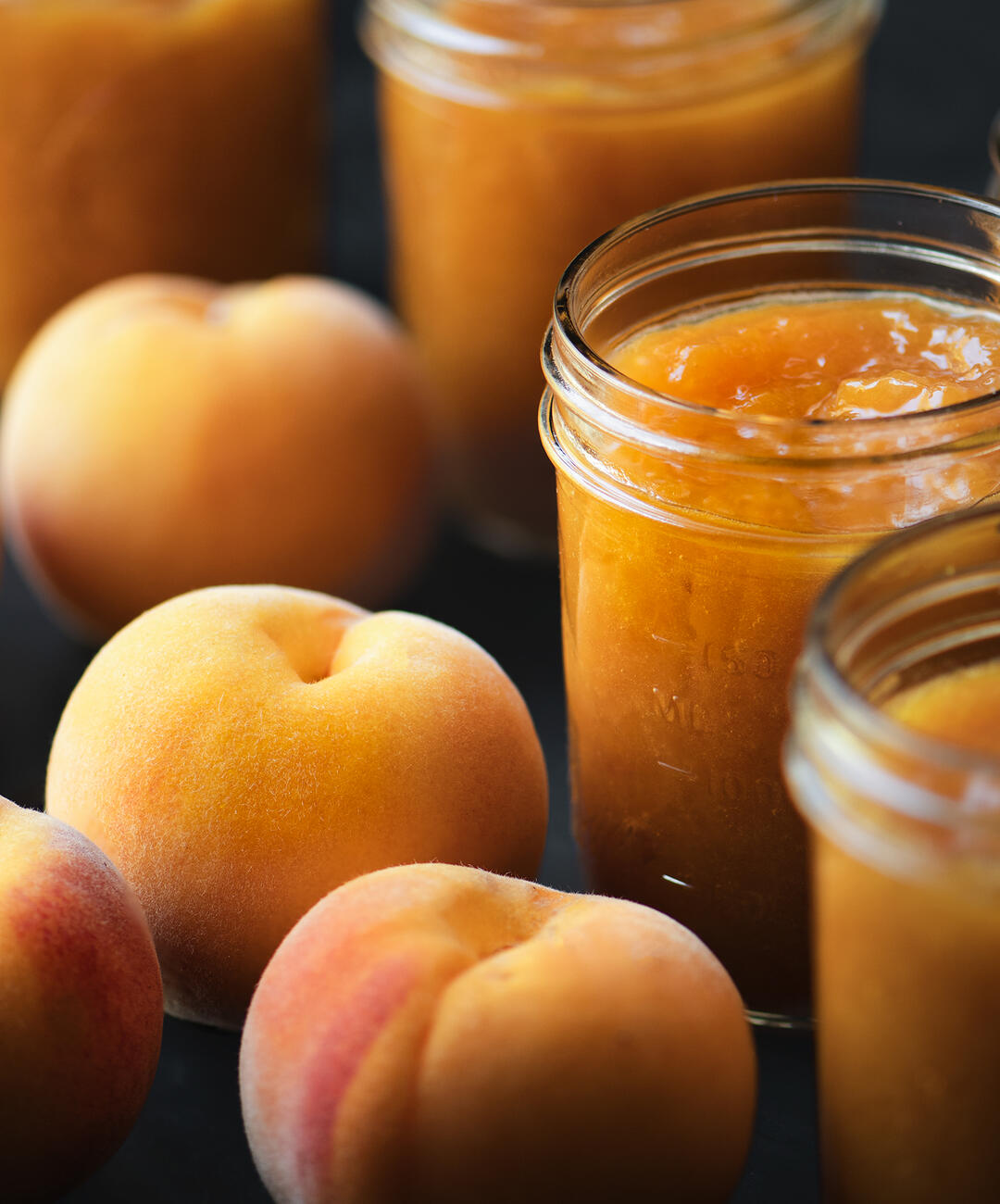
Baby Crawford Peach Jam // Andy's Orchard
Adjustments
- Setting: Of the 5 jams I made, none of them seemed to have an issue setting to the desired firmness -- I can turn the jars over and the spread defies gravity. The peach however did set too hard. To solve this, I gently warmed the preserves in a pot and added some cara cara orange juice until the texture seemed correct and the plate test passed. It was a happy accident since orange is a wonderful compliment to peach and now I will always include it in those preserves.
- Sweetness: I didn't start with enough sugar when making the raspberry jam and had to adjust up at the end. To do this, I added the sugar and brought the mixture back to a steamy bubble just long enough to make sure the sugar was incorporated.
Pectin
Greengage plums are naturally high in pectin and sugar so they set up on their own and didn't need pectin. For the strawberry, raspberry, peach, and blackberry, I used Pomona's Universal Pectin since it works with lower sugar recipes and seems like a relatively clean product. It was also the only pectin available at the store.
Gear
Here are a few additional notes I jotted down.
- Wooden spoons and copper jam pots are a mainstay in the jammer's gear. I used an All-Clad stainless pot instead of copper but did use a wooden spoon. I wondered why most websites suggested that utensil and found two reasons: 1) Metal transfers heat and cools the jam. 2) Metal utensils can scratch the copper pot. The latter point wasn't a concern but the wooden spoon I could get behind.
- I didn't boil the jars but I did run them through the dishwasher. The lids and seals were cleaned with hot soapy water.
- Growers sometimes offer "primary" and "seconds" fruit where the latter is on the riper side, maybe has some damage, or is otherwise undesirable to sell on the table. I used "primary" that was ripe and in good condition. My logic focused on giving the preserves as much opportunity as possible to last in the refrigerator once opened.
What Floats Your Boat
Taste a jam that you like and consider what you enjoy about it to determine what you're target end product is. Is it a pure fruit flavor? Spiced? Is there acidity or lemon that you can identify? Is it particularly sweet? My two reference jams are a marionberry from Trinidad and strawberry from Katz (sadly out of production). Both tasted very much of the berries with enough acidity and sugar to amplify the fruit's best qualities but not so much that I was distracted by or even really noticed it.
Farmers | Artisans
I make an effort to source my food from California artisans with a special focus on the Santa Monica Farmers Market. Below is a list of the folks who contributed to this dish.
- Finley Farms // Strawberries, Blackberries
- Andy's Orchard // Greengage Plums, Baby Crawford Peaches
- 2 Peas in a Pod // Raspberries
- Polito Family Farms // Citrus
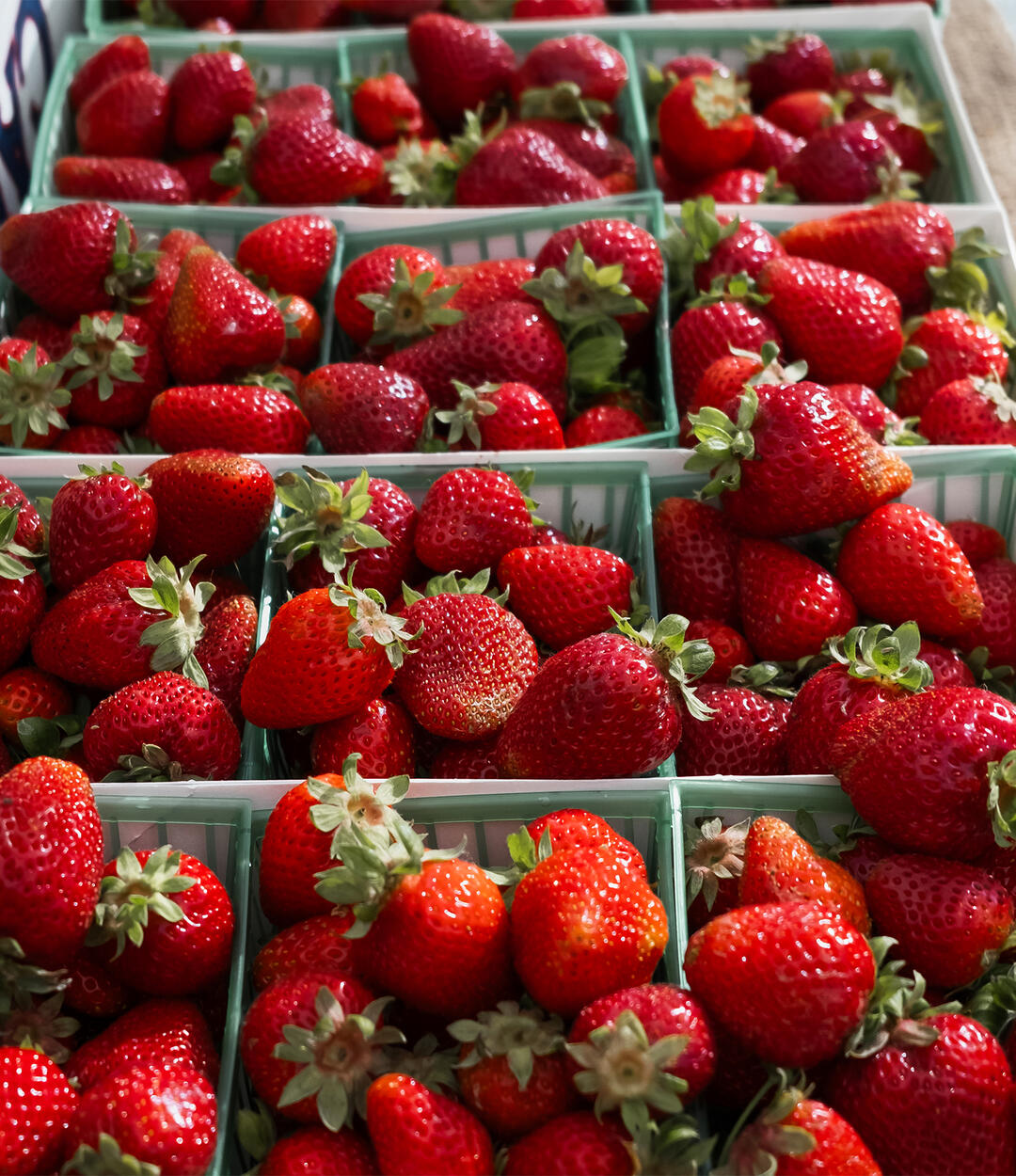
Strawberries at Finley Farms // Santa Monica Farmers Market
Tools
If I could choose one tool for jam making, it would be a digital thermometer. Between that and your eyes it's relatively easy to nail the firmness with each batch of preserves. I'm still using the linked "classic" from ThermoWorks but understand the upgraded ONE is also good.
My Favorite Cooking Tools spotlights the kitchen equipment I’ve owned and used for years from bread baking to coffee brewing.
Ingredients
Below are the ratios for the various preserves that I made. The percentages are included to help scale the fruit, sugar, and inclusions. Each brand of pectin explains how much you want to include for a given amount of fruit so follow those instructions. I didn't keep track but recall getting 4 to 7 jars from each batch. I did not add any water to my preserves while they cooked as is sometimes suggested.
Strawberry
- 492 grams strawberries, stems removed and halved (measured after prep) // 100%
- 15 grams fresh lemon juice // 3%
- 147 grams organic cane sugar // 30%
- 17 grams honey // 3.5%
- 1 teaspoon pectin (Pomona's Universal Pectin)
- 1 1/4 teaspoon calcium water (Pomona's Universal Pectin)
Peach
- 1175 grams peaches, peeled and pitted (weighed after prep) // 100%
- 30 grams fresh lemon juice // 2.5%
- 30 grams fresh cara cara orange juice // 2.5%
- 505 grams organic cane sugar // 43%
- 3 teaspoon pectin (Pomona's Universal Pectin)
- 4 teaspoon calcium water (Pomona's Universal Pectin)
- A few scrapes of orange zest added at the end as desired
Greengage Plum
- 1294 grams greengage plums, halved and pitted (skins left on -- measured after prep) // 100%
- 550 grams organic cane sugar // 42.5% Note: I underestimated how sweet greengage plums are and will probably start with 32 to 35% next time.
- 30 grams fresh lemon juice // 2.3%
- 1 vanilla bean Note: A whole bean imparted a pronounced vanilla flavor which works for my purposes. If you want something more subtle cut the bean in half.
Raspberry
- 572 grams raspberries // 100%
- 260 grams organic cane sugar // 45.5%
- 15 grams honey // 2.6%
- 25 grams fresh lemon juice // 4.4%
- 1 teaspoon pectin (Pomona's Universal Pectin)
- 1 teaspoon calcium water (Pomona's Universal Pectin)
- A few scrapes of lemon zest added at the end as desired
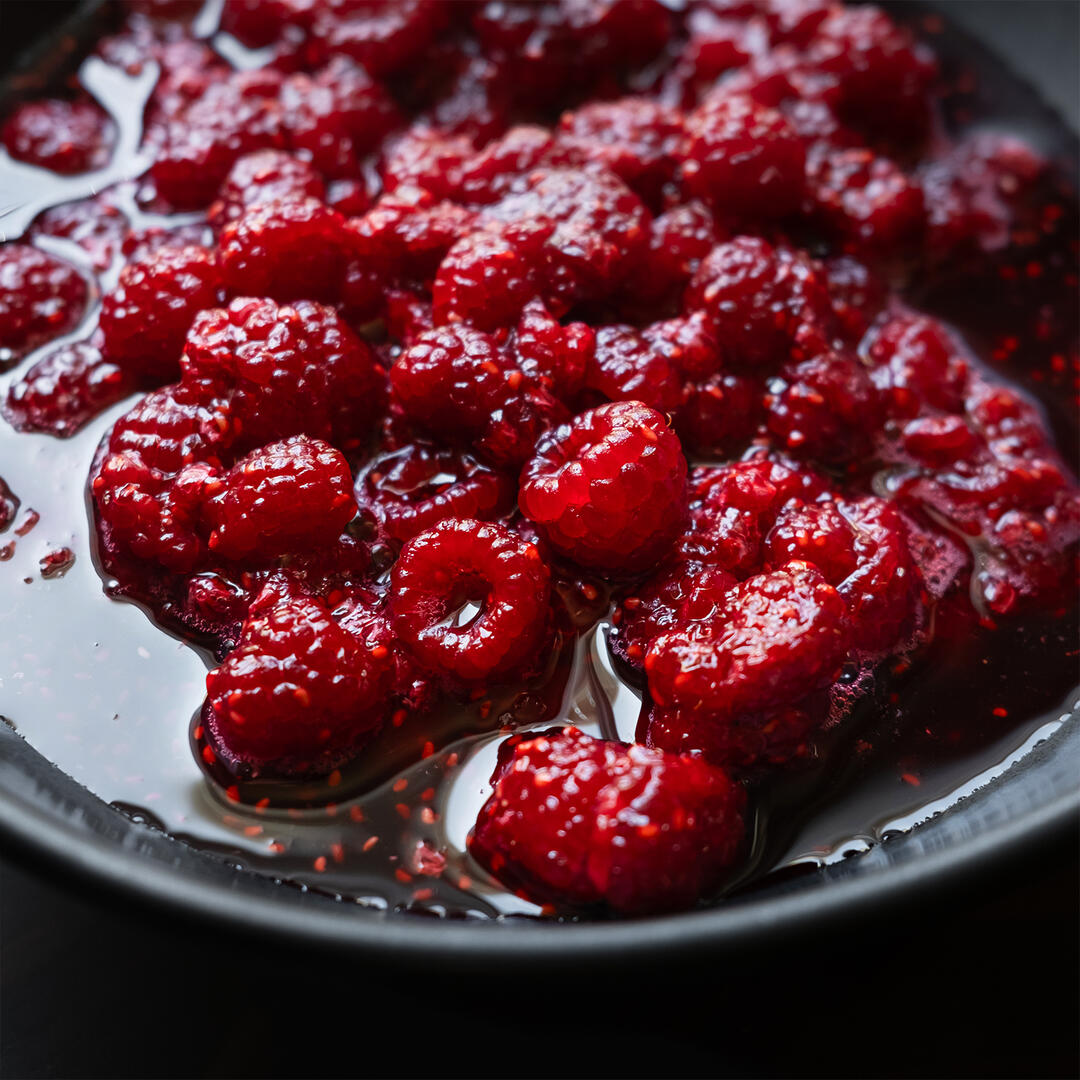
Macerated Raspberries // 2 Peas in a Pod
Instructions
Jar Prep
- Run the jars through the dishwasher and wash the lids/rings with hot soapy water. I usually do this a day or two in advance. Make sure they're completely dry since tap water is generally not something you want in preserves or ferments.
Macerate
- In whatever pot you plan to cook in, combine the prepped fruit, sweeteners (sugar and/or honey), and citrus juices. Thoroughly combine then set aside for an hour, stirring a couple of times during that period.
Cook
- Add the pectin, calcium water, and vanilla bean (if using - scraping the seeds into the pot along with the pod) to the macerated fruit, stir thoroughly, then bring the fruit and all of its juices to a simmer over medium to medium-high heat. Stir frequently to prevent sticking.
- After about 10 minutes of cooking, gently mash the fruit to help break it down. Bring back to a simmer for a couple of minutes and take a temperature reading.
- Continue cooking while going through the "Doneness" checkpoints: bubbles, sheeting, temperature. My jam usually takes around 10 to 15 minutes to reach 200°F and then another 5 to 10 minutes to reach 215 to 217°F.
- Once the jam has passed all the tests (20 minutes give or take) transfer to a bowl to cool. Taste the preserves and add a little orange or lemon zest if you want more brightness. It's easy to overdo this so start small. Cover and refrigerate. Note: I like to refrigerate the jam overnight before spooning it into the jars. This gives me an opportunity to see how the texture sets and correct for any issues like I had with the peach jam.
Freeze
- Spoon the jam into jars leaving a 1/2 inch of headroom, pop a top on, label, and freeze or refrigerate.
Shelf Life
- Refrigerator: I currently have four jars of jam in the refrigerator that are going a month+ and look/taste great.
- Freezer: The frozen jam will likely last until next season if I don't eat it first.
Newsletter
Subscribe at the bottom of this page for the Chic Eats roundup. It includes new and updated recipes along with a grab bag of unique content that was interesting enough to share around the dinner table.

